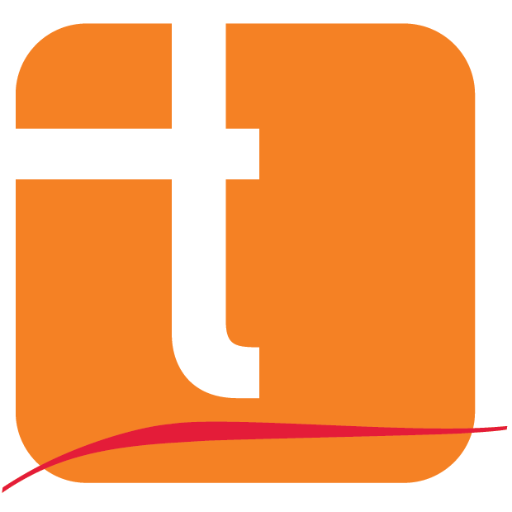Tripwire announced Monday results of a study conducted in partnership with Dimensional Research. The study looked at the rise of Industrial Internet of Things (IIoT) deployment in organizations, and to what extent it is expected to cause security problems this year.
The study’s respondents were also asked how they expect their organizations’ deployment of IIoT devices to change, and how it will affect their level of vulnerability. Tripwire found that ninety percent expect IIoT deployment to increase; while ninety-four percent expect IIoT to increase risk and vulnerability in their organizations. When respondents were broken down by company size, both larger companies (96 percent) and smaller companies (93 percent) expect a significant increase in risk caused by the use of IIoT.
This study was commissioned by Tripwire and carried out by Dimensional Research in January 2017. A total of 403 qualified participants completed the survey. All participants had responsibility for IT security as a significant part of their job and worked at companies with more than 1,000 employees. Survey respondents were based in the United States (278), the United Kingdom (44), Canada (28) and Europe (53).

The Industrial Internet of Things ultimately delivers value to organizations, and that’s why we’re seeing an increase in deployments. Security can’t be an industry of ‘no’ in the face of innovation, and businesses can’t be effective without addressing risks. The apparent contradiction of known risks and continued deployment demonstrates that security and operations need to coordinate on these issues.
While IIoT may bring new challenges and risks, the fundamentals of security still apply. Organizations don’t need to find new security controls, rather they need to figure out how to apply security best practices in new environments.
IIoT are connected devices in critical infrastructure segments such as energy, utilities, government, healthcare and finance. Tripwire’s study revealed that ninety-six percent of those surveyed expect to see an increase in security attacks on IIoT this year; fifty-one percent said they do not feel prepared for security attacks that abuse, exploit or maliciously leverage insecure IIoT devices; and sixty-four percent said they already recognize the need to protect against IIoT attacks, as they continue to gain popularity among hackers.
“Industry professionals know that the Industrial Internet of Things security is a problem today. More than half of the respondents said they don’t feel prepared to detect and stop cyber attacks against IIoT,” said David Meltzer, chief technology officer at Tripwire. “There are only two ways this scenario plays out: Either we change our level of preparation or we experience the realization of these risks. The reality is that cyber attacks in the industrial space can have significant consequences in terms of safety and the availability of critical operations.”
“As Industrial companies pursue IIoT, it’s important to understand the new threats that can impact critical operations. Greater connectivity with operational technology (OT) exposes operational teams to the types of attacks that IT teams are used to seeing, but with even higher stakes,” said Robert Westervelt, security research manager at IDC. “The concern for a cyber attack is no longer focused on loss of data, but safety and availability. Consider an energy utility as an example – cyber attacks could disrupt power supply for communities and potentially have impact to life and safety.”
Meltzer continued: “The Industrial Internet of Things ultimately delivers value to organizations, and that’s why we’re seeing an increase in deployments. Security can’t be an industry of ‘no’ in the face of innovation, and businesses can’t be effective without addressing risks. The apparent contradiction of known risks and continued deployment demonstrates that security and operations need to coordinate on these issues. While IIoT may bring new challenges and risks, the fundamentals of security still apply. Organizations don’t need to find new security controls, rather they need to figure out how to apply security best practices in new environments.”




